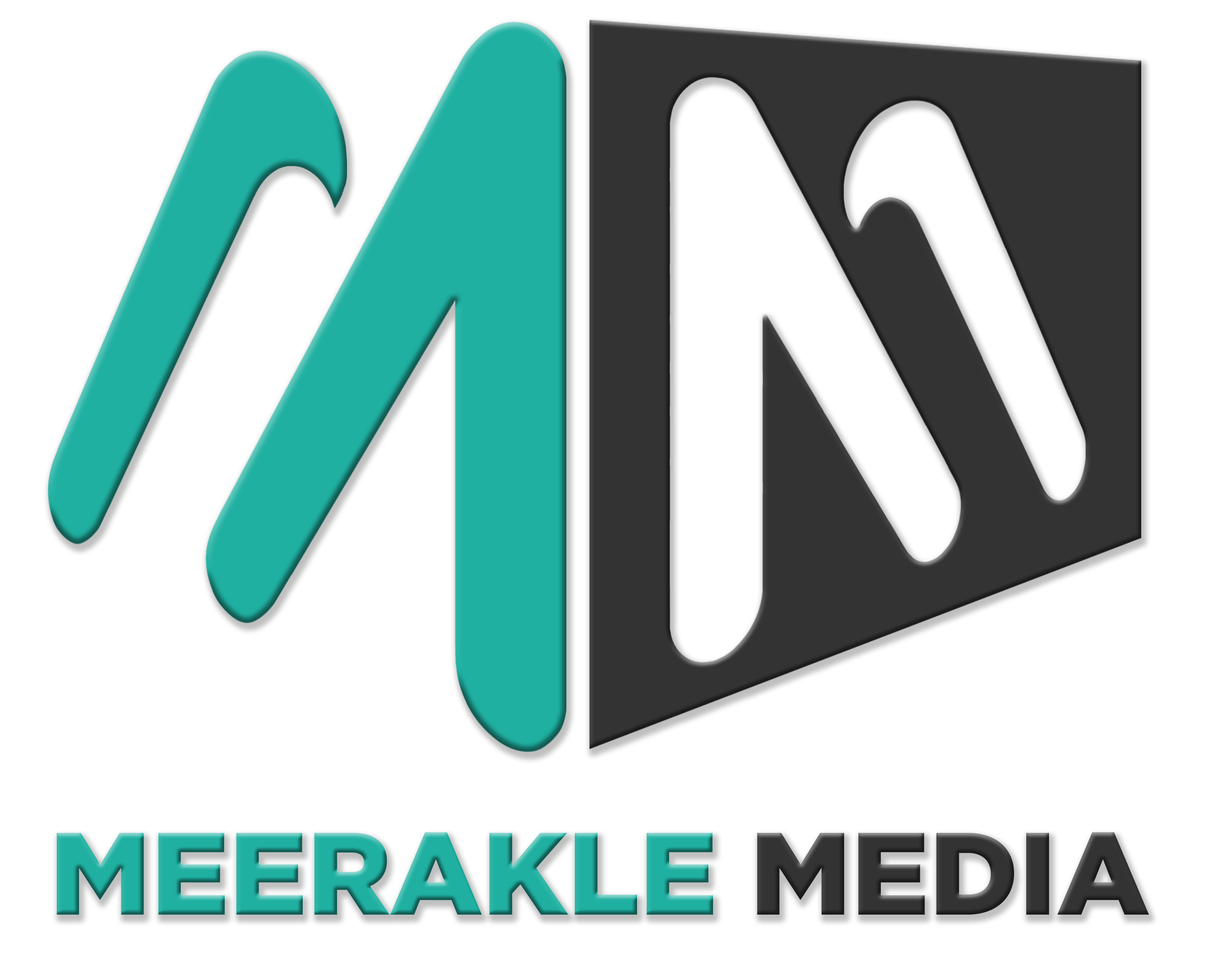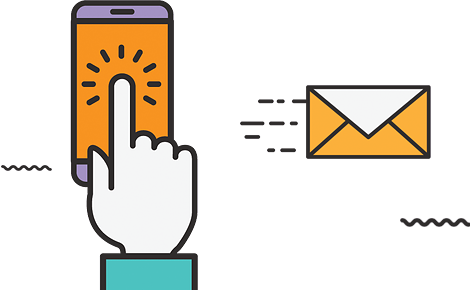On-page SEO is a technique for improving search engine rankings by optimising web pages according to Google’s recommendations. This, in turn, will attract more high-quality web traffic to the site, assisting in achieving the conversion you seek, whether it’s informing people about the company/brand, getting them to sign up for email updates, or persuading them to buy products/services. For the finest, most long-lasting results, on-page SEO approaches must be combined with technical SEO and off-page SEO tactics. URLs, internal linking, title and meta tags, and content updates are examples of well-known On-Page SEO in digital marketing.
On-page optimization factors that demand attention:
- Alt Tags
When it comes to supporting the visually challenged or others who have slower Internet connections, alt tags are quite important. Adding a description to your Web page’s photos can help not only this group of users but also search engines figure out what the image’s intent is. This can also increase your website’s rating.
- Title tag and Meta description
Title tags provide information to readers about the contents of a Web page. These are prominently shown on search engine result pages and are placed in the “header part” of each Web page (SERPs). Google needs to know exactly what your Web page is about, therefore title tags must constantly be optimised with relevant keywords for crawlers to grasp.
Meta descriptions go one step farther and provide an overview of the Web page. The SERP itself gives users a snapshot of the information on your Web page.
- URL
Short URLs will be your best bet for best practices in SEO on the website. Since Google gives priority to the first three to five words in a URL, it makes sense to include the keyword close to the start of a URL. Instead of underlining between words, the URLs must be a well-designed structure with small letters and hyphens.
- Keywords
Keyword research is an important step in achieving organic search ranking success in Google’s SERPs. Google Keyword Planner to conduct extensive research on the most popular search queries in your domain. Make a point of ranking for long-tail keywords, which are more specific and less competitive. LSI (Latent Semantic Indexing) keywords, or search terms that are closely related to your primary keyword(s), should also be included in your list of search words and phrases to rank for. Simply enter your primary keywords into the Google search bar and scroll down to the bottom of the SERP – the ‘searches related to…’ section will provide you with valuable LSI keyword suggestions.
- Content
On-page optimization relies heavily on content. You give users a purpose to visit your site by providing the content.
People browse your content, whether it’s to read a blog post or look at a product page. Search engines can better comprehend and rank your content if you optimise it, which can lead to more people finding your website and an SEO service company in Mumbai suggests delivering quality content.
- Social Media Sharing
A higher click-through rate for your web pages simply indicates that a significant number of people find your material to be interesting. This, together with dwell time, or the number of time visitors spend on your page, are strong markers of your site’s relevance and use to Google. If you consistently create shareable, trending material that receives a lot of attention on social networking platforms like LinkedIn and Facebook, the odds of someone linking to you from a high-authority site improve as well.
- Schema
Schema Markup is essential for search engines to grasp what your website has to offer. A search engine result page (SERP) featuring photographs, reviews, or ratings, for example, is far more appealing than a standard search result. It improves the website’s clickability.
- Internal Linking
Internal linking is one of the most important aspects of on-page SEO because it determines how accessible your Web pages are. Internal linking done correctly informs search engines about your other Web pages and allows users to quickly reach them for more information.
- Speed
We live in an era of instant gratification, and websites are no exception. Even a one-second delay in loading a webpage can result in a 7% drop in conversions. Check your website’s performance in terms of speed with the extremely useful Google PageSpeed Insights tool. If you fall short, you can do a variety of things to speed up your site, such as using fast hosting, a strong CDN (content delivery network), and image compression software, minimising JavaScript, HTML, and CSS resources, and so on.
- Images
One of the most significant on-page SEO methods is keyword density. The size of the photos on the website can be reduced to make them load faster. Additionally, alt texts should be added to photos so that crawlers can recognise the context of the images and index them to help your website rank higher.
Meerakle media makes an effort to flesh things out and present only the most effective tactics and strategies. Many business owners employ these strategies in their own campaigns, and they’re now available to help usher in a new era of business success. The SEO company helps to optimise on-page SEO.




